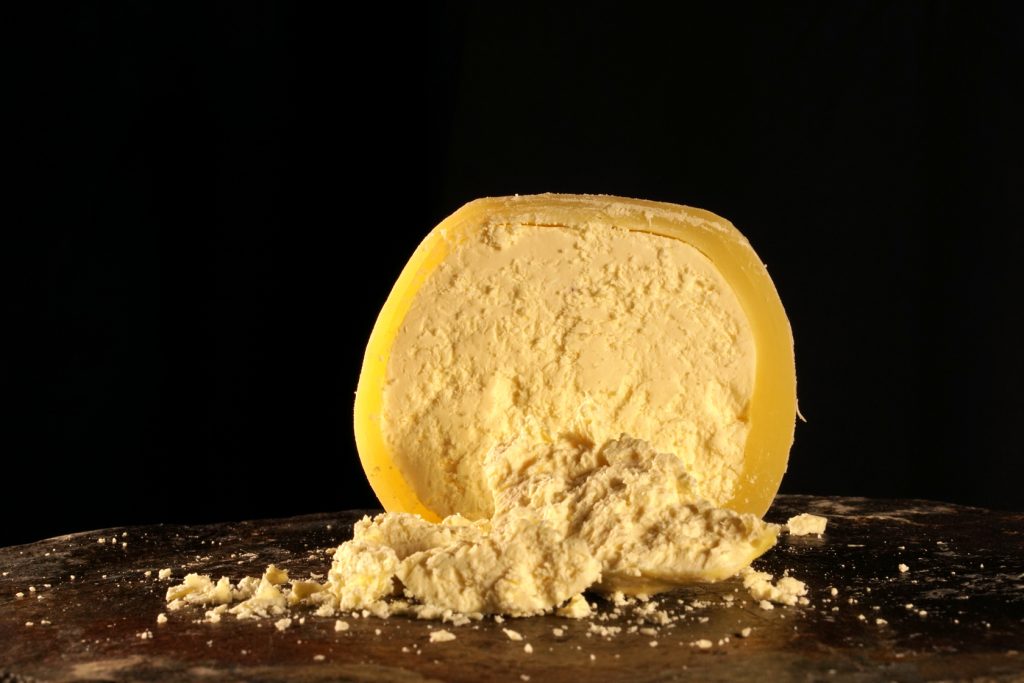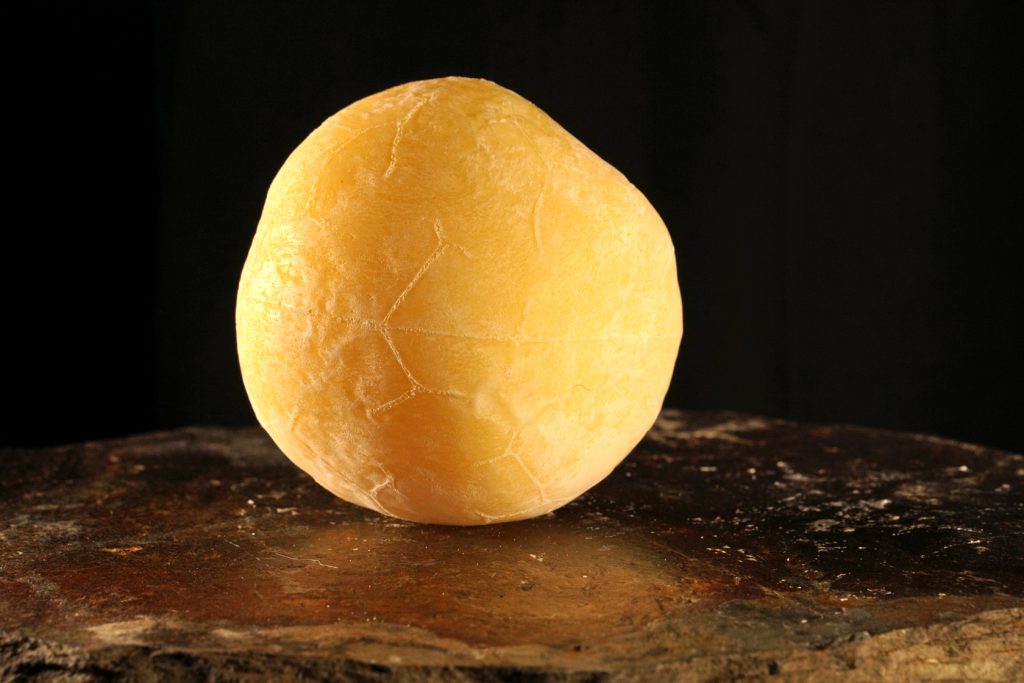As you know Gustav and I are ambitious cheese-travelers and if it was on us we would do nothing else but hunt cheeses world-wide. Well, while some of us had to stay back home I had the opportunity to spend a few days in Mexico City where with the help of #lactography I could excavate some special travelers to bring
Today this traveler from afar is *Bola de Ocosingo*- but before going into its specialties let´s take a short glimpse into the history of Mexican cheese making.
Invaders and settlers are mostly to no good for anyone as they often bring disdain and cruelty over their new chosen homes. On the upside of the movement of people, the movement of animals as well as that of specific knowledge also takes place as it was the case with Spanish settlers who introduced dairy animals and the lactose to Mexico in the late 1500s.
Unfortunately the settlers were unwilling to share their cheese making knowledge with the population on ground and yet indigenous people learned to use their new farm animals for the production of dairy products over time.
Interesting fact: Lactose tolerance develops with exposure to lactose. Since the cheese conquer of Latin America didn´t take place until the late 1500s and on ground cheese making by the indigenous population wasn´t established until much later, there is still a high ratio of lactose intolerant people in Mexico.
Luckily this changed and cheese making practices found their way throughout the country;
Nowadays Mexico mainly produces cow’s milk cheese with “queso fresco”, a fresh cheese resembling a Feta, to be found on almost every corner and in a wide variety of dishes.
Nevertheless, different varieties are specific to different areas from North, over Central down to the South [read our post on Oaxacan cheese here], with 4 individuals having been equipped with a collective trademark by the Mexican Institute for Industrial Property.
The trademark was implemented in 2016 to protect the quality, culture and origin of the incorporated cheeses and *Bola de Ocosingo* from the State of Chiapas is one of them.
*Bola de Ocosingo* delivers strong acidic and herbacous notes with hints of tropical fruit and in addition to its unique aroma profile is itself a unique specimen as it brings together two family of cheeses: a pasta filata style string cheese on the outside and a crumbly, dense textured paste on the inside.
The curd which is obtained from raw cow´s milk rests (and drains) for 27 days before getting formed into a ball that is then, over the course of 2 days lined twice with a layer of skimmed milk pasta filata.
As the look implies *Bola de Ocosingo* has two hearts beating next to each other.
The paste that can also be of a sort of creamy stage when young, is mainly used to be sprinkled over other dishes or turned into sauces but as we discovered also serves as a delicious nibble with some wine. The waxy rind is very hard and not meant to be consumed as delivered but can be fried, melted or be filled with veggies or minced meat to make a stand alone baked evening dish.
Gustav rates *Bola de Ocosingo* a high 12/10 for originality of production method and its distinct flavor and aroma profiles and says sometimes he wishes he was a cat as they always seem to be allowed to play with their food before consumption.
Sources:
“Quesos Mexicanos”, Author: Carlos Yescas with recipes by Josefina Santacruz, Publisher: Larousse
“The Oxford Companion to Cheese”, Oxford University Press











